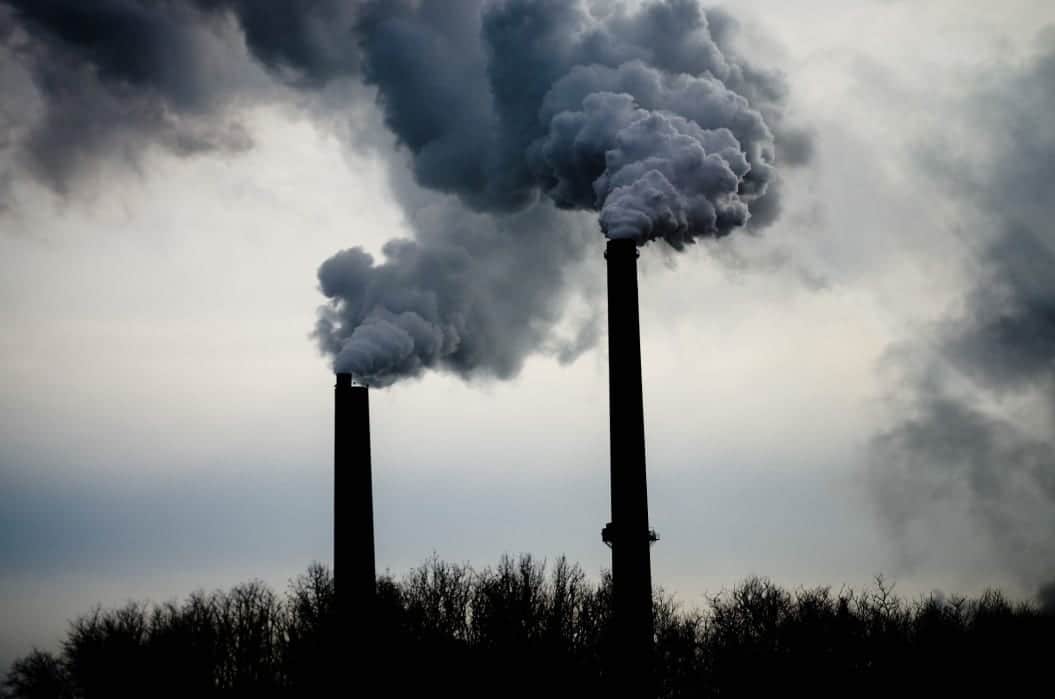Pollution is not equally distributed in American societies. Research has shown that Hispanic and Black Americans tend to live in areas where pollutants are more dominant than in areas that are predominantly white. And this in no way means that minorities produce more pollution; in fact, it has been shown that white Americans disproportionately contribute more to air pollution while bearing less of the “pollution burden,” or being less exposed to air pollution.
Environmental pollution has been connected with low-income, high-minority population areas both historically and still today. And, far from being a coincidental link, this is due to practices stemming from what is called environmental racism.
Corporations have been known to purposefully use minority areas for harmful practices that include dumping waste disposal. And unfortunately, residents living in such locations have, in decades past, lacked the financial and legal resources to fight these corporate polluters.
Research Linking Pollution to Locations with High-Minority Populations
The overwhelming facts and statistics show that the correlation cannot be dismissed as mere coincidence.
Since 1971, when the claims of environmental racism were first investigated, research has consistently shown that the risk of exposure to pollutants increases for minority and low-income communities.
Some of the first research conducted on the subject studied four communities housing landfills in the southeastern States. It concluded that 75% of the region’s dangerous landfill sites were in areas with majority Black communities, even though only 20% of the people in the region were African American. This unjust placement was the result of not only corporate decision making, but government discrimination, as the location of these landfills was decided by the state.
And this isn’t just an issue of fifty years ago. The small town of DePue, Illinois, which has a high minority population and a high poverty rate, is currently fighting to get their town cleaned up from the effects of the zinc smelter and fertilizer plant that polluted the town’s lake for eighty years.
The Environmental Protection Agency (EPA) reported in 2017 that 70% of the country’s contaminated waste sites are located near low-income areas.
And another 2017 analysis showed that 2 million (mostly low-income and minority) people live within a mile of Superfund sites, or polluted locations requiring long-term cleanup efforts to remove hazardous contaminants, that are at risk of flooding that could spread contamination into homes.
The Environmental Justice Movement: The Houston and Warren Cases
If you attended an American school, you probably learned about the Civil Rights movement. But it’s less likely that you learned about the environmental justice movement.
This movement began at the turn of the 1980s, when residents of disproportionately polluted areas that had been previously targeted for waste dumping were given some hope of fighting back through environmental litigation and activism.
Although some groups had begun voicing opposition to discriminatory pollution since at least as far back as 1968, the events that occurred in Houston, Texas, and Warren, North Carolina, in 1979–1982 sparked the movement to fight for the environmental safety of minority groups.
In 1979, Black American homeowners living in Houston filed a lawsuit against Browning Ferris Industries and the city of Houston to prevent a garbage dump from being built in their neighborhood. The lawsuit called out the decision to use the minority neighborhood as the site of the dump as racially discriminatory and in violation of the Equal Protection Clause of the fourteenth amendment.
Although the court did not rule in the favor of the plaintiffs, the lawsuit was essential in starting the environmental justice movement.
The Warren case happened around the same time and for a similar reason: residents of Warren decided to protest the building of a toxic waste facility in their predominantly Black community. These protests, although once again unsuccessful in stopping the construction of the plant, raised further awareness of the environmental injustices that were occurring.
These two initial cases, along with other isolated protests in similar communities, created a national movement that finally led to the First National People of Color Environmental Leadership Summit in 1991. The summit, which lasted four days, produced a defining document for the movement for environmental justice: Principles of Environmental Justice.
Environmental Litigation in the Flint Water Crisis
A recent and devastating example of the effects hazardous contamination can have on minority groups is the case of the Flint water crisis.
A “temporary” water solution proposed by the city while waiting for a new pipeline project to be completed resulted in lead-contaminated drinking water throughout Flint, Michigan. Many residents suffered serious, long-term health problems.
Although the initial decision to divert the water source was certainly not made with the intent to harm the residents of Flint, the city refused to investigate and address the water’s safety when citizens voiced concerns. City officials even ignored analyses proving the dangerous lead levels in the water.
The fact that the city’s population consists largely of low-income minorities has led many to question whether the citizens’ voices would have been ignored and the crisis would have been swept under the rug for so long if it had occurred in an affluent area instead of a poor community.
The environmental lawyers at Napoli Shkolnik help represent victims of the egregiously mismanaged Flint crisis, as well as those affected by other environmental hazards that endanger individuals and communities.
Fighting Environmental Racism Today
Unfortunately, despite the different protests and legal cases over the years, the problem of environmental racism continues today. Even though there are more regulations in place that, if they serve their purposes, will protect minority communities from new contamination problems, pollution can take years or decades to clean up. Many communities still feel the devastating effects of the discriminatory practices used decades ago.
However, rising awareness of the problem of environmental pollution across the country matched with individuals, communities, environmental litigation lawyers, and businesses dedicated to making a change empower the prospect of a different future.


